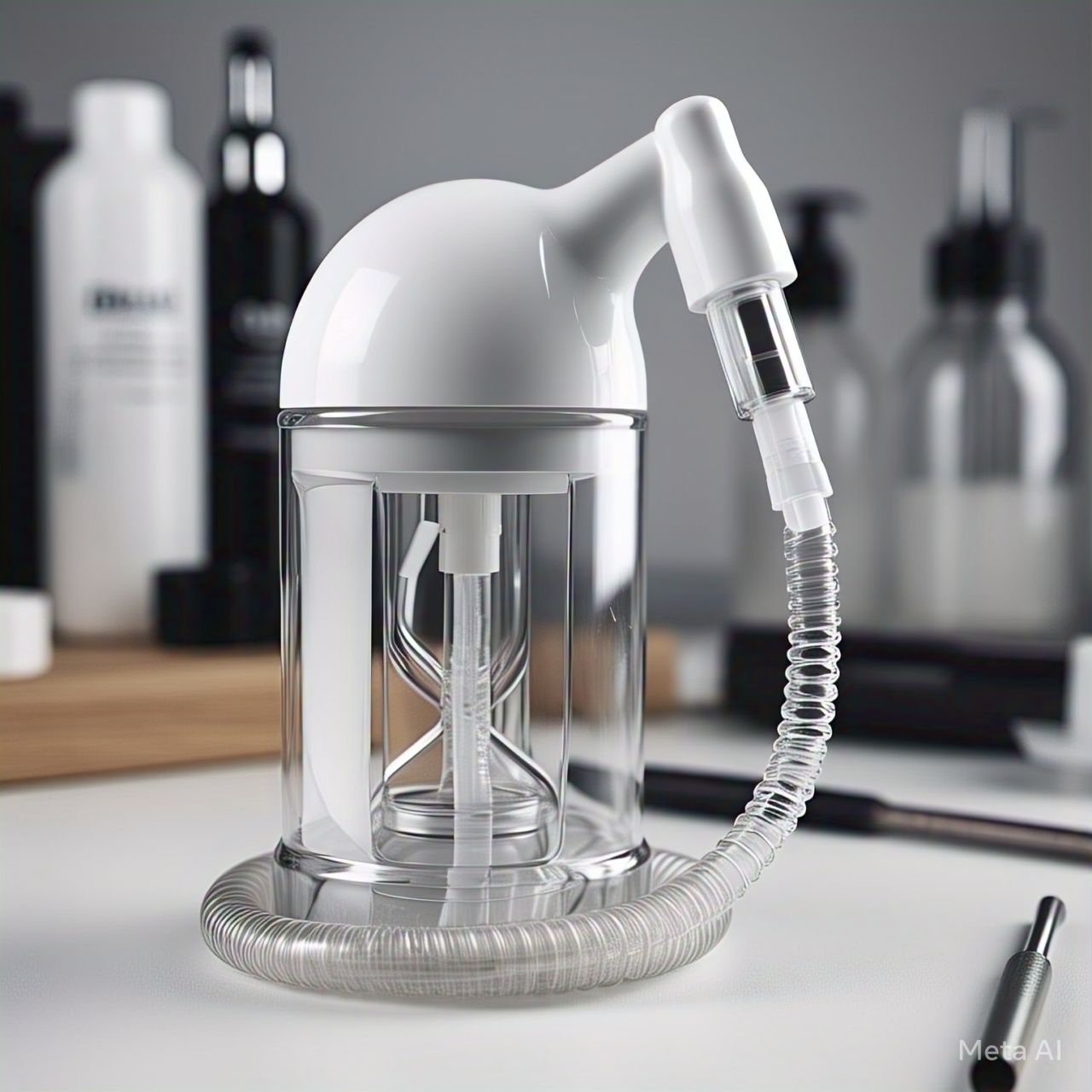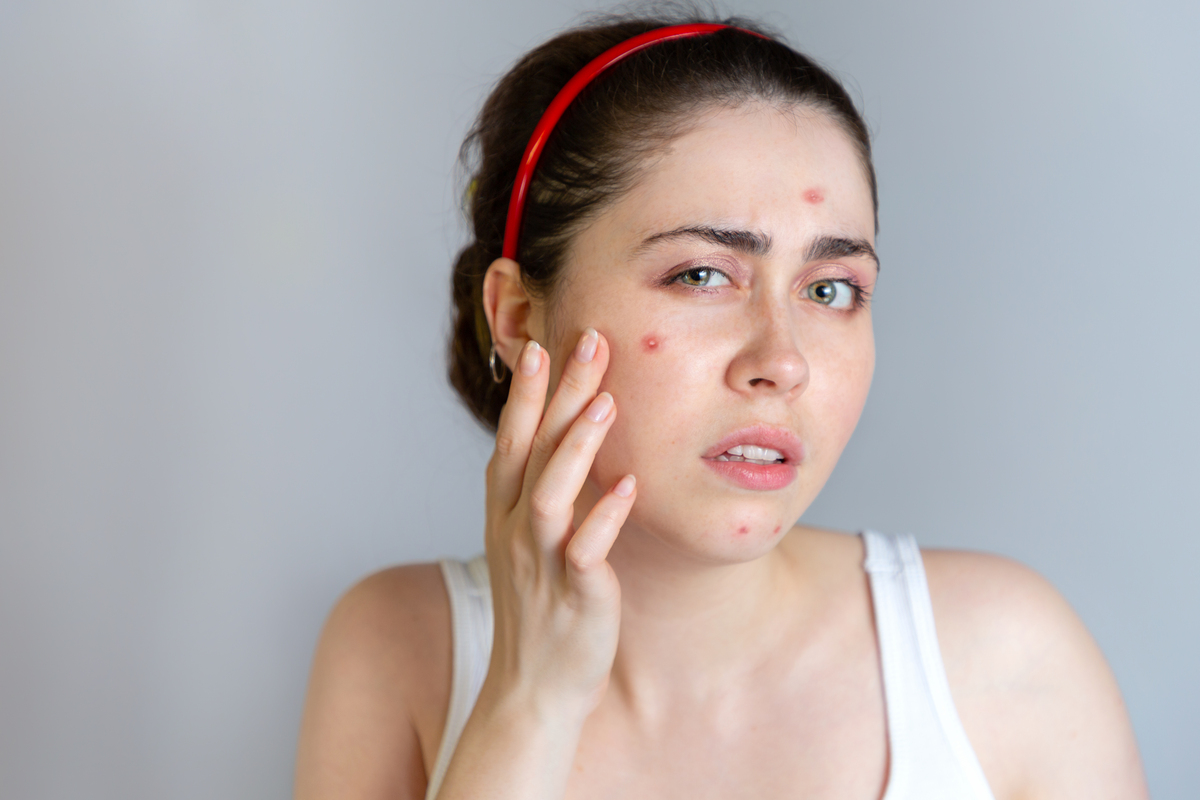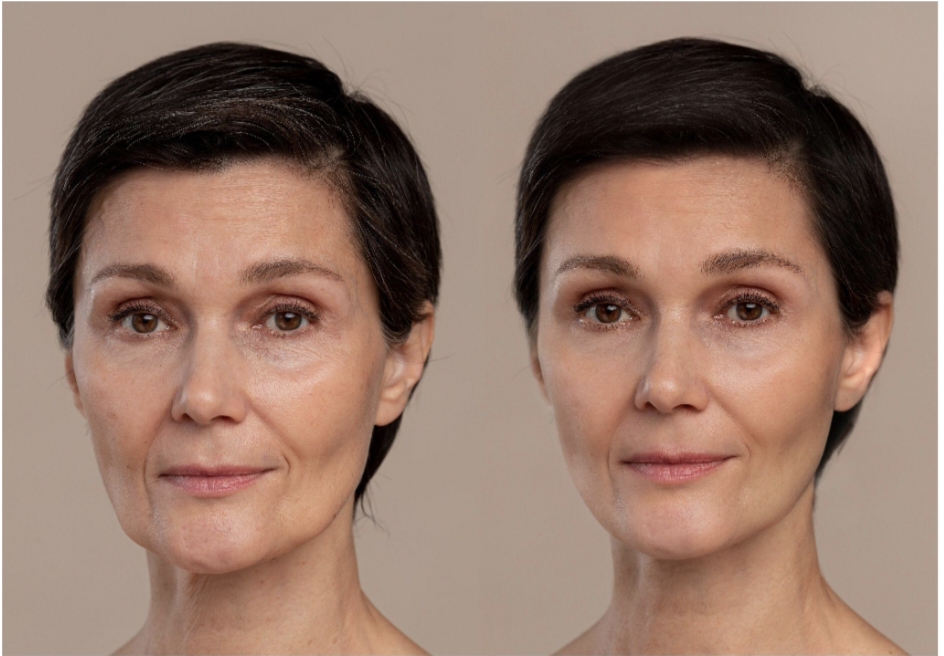Airless dispensing technology has revolutionized the way products are packaged, stored, and delivered, particularly in industries like cosmetics, skincare, pharmaceuticals, and food. Unlike traditional packaging systems that use pumps or tubes that require air to function, airless dispensing devices operate without exposing the product to air. This innovation ensures the product is dispensed efficiently, without contamination, and with minimal waste, making it an increasingly popular choice for both manufacturers and consumers alike.
How Does Airless Dispensing Technology Work?
At its core, airless dispensing technology relies on a vacuum-based system that eliminates the need for air in the packaging. The most common form of airless packaging involves a specially designed pump and container, typically made of materials such as plastic or glass, that allow for the gradual release of the product without any external air entering the container.
Airless Dispensing Devices: A Closer Look
Airless dispensing devices refer to the specific types of packaging systems that utilize airless technology to dispense products without introducing air into the container. These devices are designed with a specialized pump mechanism, often featuring a piston or diaphragm that moves upwards as the product is dispensed. This ensures that no air enters the container, preserving the contents from oxidation and contamination. Airless dispensing devices are widely used in beauty and skincare products, where product integrity is crucial, but they also serve various industries such as pharmaceuticals and food packaging. These devices come in a range of designs, from sleek, modern containers for high-end cosmetics to more functional models used for medical or daily-use products. Regardless of the application, the fundamental goal of airless dispensing devices is to provide a more efficient, hygienic, and long-lasting solution to delivering products.
Here’s a breakdown of how it works:
- Vacuum Effect: The container is built with a sealed inner chamber, which, when squeezed or activated, creates a vacuum inside. As the product is dispensed, the vacuum pulls the remaining product to the top, ensuring no leftover product is trapped at the bottom.
- Pump Mechanism: Unlike traditional pumps that rely on an external air intake to push the product out, airless pumps have a piston or diaphragm mechanism that helps dispense the product smoothly without the need for air, preventing oxidation and contamination.
Advantages of Airless Dispensing Technology
- Prevents Oxidation and Contamination: One of the biggest advantages of airless dispensing is the preservation of product integrity. By sealing out air, airless containers protect sensitive ingredients, such as antioxidants, vitamins, and natural oils, from degrading. This keeps products fresh for longer and prevents contamination from bacteria or other harmful elements.
- Maximizes Product Usage: Airless containers are designed to dispense nearly all of the product inside. Traditional pumps or jars often leave a portion of the product stuck in corners or at the bottom, leading to waste. Airless technology ensures that users can extract almost every last drop, making it a more efficient solution for both consumers and manufacturers.
- Improved Hygiene: Since there is no need to open the container and expose it to air, the risk of bacteria growth is significantly reduced. This makes airless dispensers especially desirable for products like creams, lotions, or serums that come in contact with skin. The mechanism prevents users from contaminating the contents, ensuring a more hygienic application every time.
- Sustainability: Many airless dispensers are designed with sustainable materials that are recyclable or reusable. Additionally, the efficiency of the packaging minimizes product wastage, which is a significant environmental benefit. Fewer product remains also mean less material is required, reducing packaging waste.
- Ease of Use: Airless dispensers provide more controlled and precise dispensing, which helps users avoid overuse or spillage. The devices typically allow for smoother, mess-free dispensing, making them particularly ideal for products that require accurate dosages, such as in the pharmaceutical or beauty industries.
Applications of Airless Dispensing Technology
While airless dispensing technology is most commonly used in cosmetics and skincare products, its benefits extend across several industries:
- Cosmetics and Skincare: Airless packaging is especially effective for beauty products like creams, serums, foundations, and sunscreen. It helps preserve the potency of active ingredients like retinol or hyaluronic acid, which are sensitive to oxygen and light.
- Pharmaceuticals: For the pharmaceutical industry, airless dispensers are used to protect medicinal creams, ointments, and lotions from external contaminants while ensuring accurate and hygienic application.
- Food Industry: Airless dispensers are sometimes used for condiments, sauces, and spreads. These products require protection from air to maintain their freshness and prevent bacterial growth.
- Personal Care Products: Products such as toothpaste, hand sanitizers, and lotions also benefit from airless dispensers as they minimize the chances of contamination and ensure a clean, smooth dispensing process.
Challenges and Limitations
While airless dispensing technology offers many benefits, it is not without challenges. One of the primary concerns is the cost of manufacturing airless dispensers, as they tend to be more expensive than traditional packaging. Additionally, some consumers may not fully understand how to use airless dispensers, potentially leading to frustration if they’re unfamiliar with the mechanism.
Another limitation is that some airless systems, especially those designed for very thick products, can require additional force or effort to dispense the product. This could impact user experience, especially if the design is not optimized for the viscosity of the product.
Conclusion
Airless dispensing technology is a significant advancement in packaging and product delivery, offering numerous benefits such as product preservation, hygiene, and sustainability. By eliminating air exposure and reducing waste, airless dispensers help manufacturers and consumers enjoy a more efficient and effective experience. As this technology continues to evolve, we can expect it to expand into even more industries, ultimately providing cleaner, safer, and longer-lasting solutions for product packaging.





